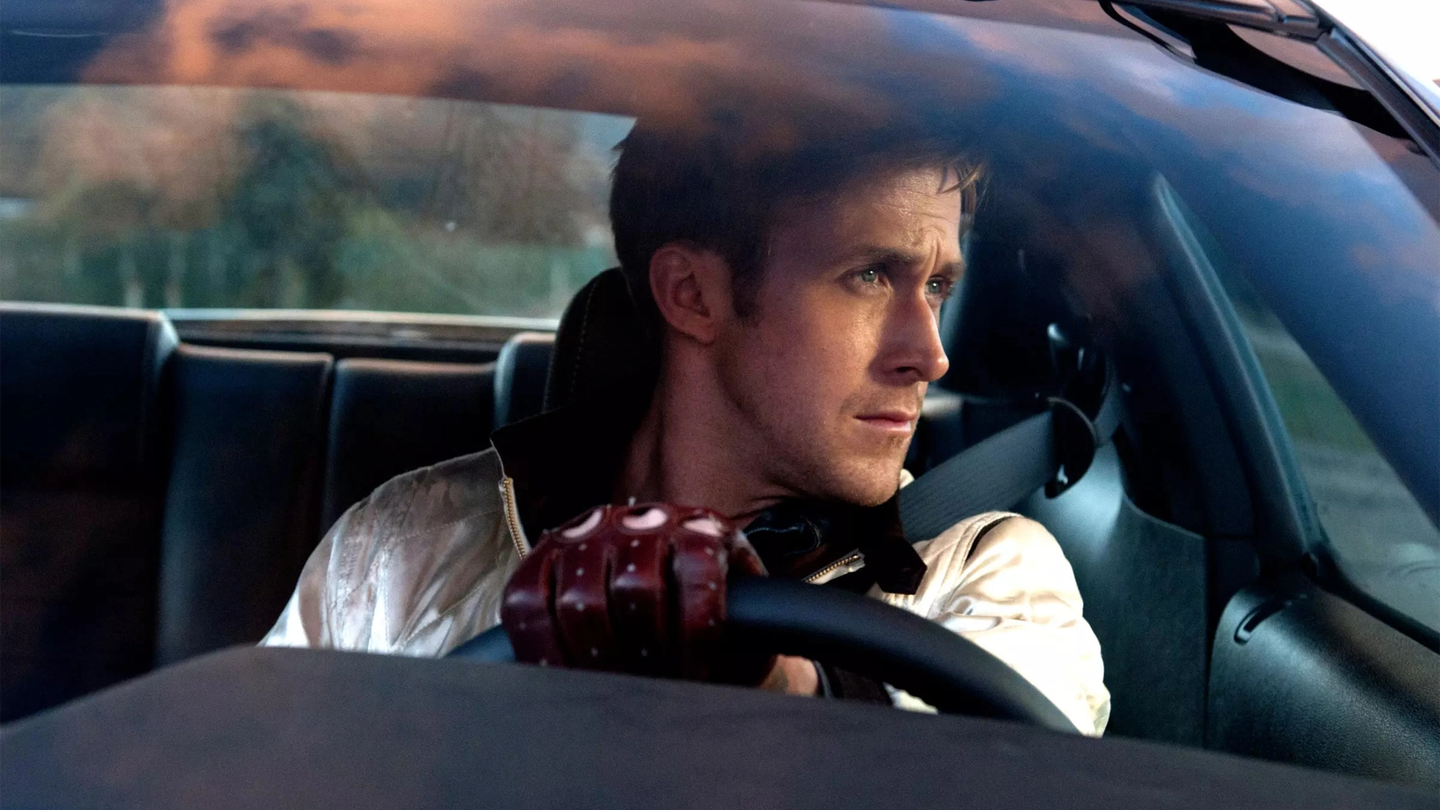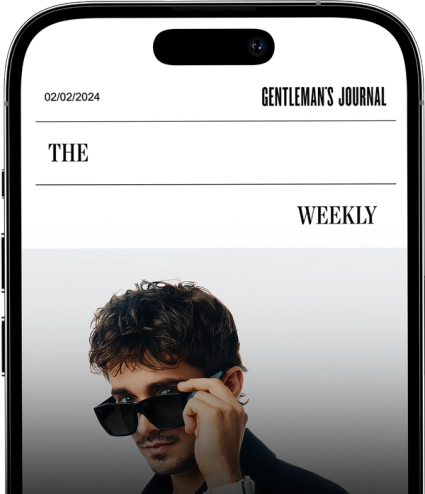

Words: Josh Lee
On Sunday evening, Hollywood’s finest will turn out for the 97th Academy Awards, with Conclave, Anora and The Brutalist expected to leave with the ceremony’s top prizes. With a few days still to go, we look back not at the past winners (they’ve received enough glory), but at those cinematic masterpieces that missed out completely. Within our list – and, to be sure, it is not a definitive collection, just a gathering of features whose Oscars shortcomings particularly shocked us – there is a black-and-white classic about the human condition; a couple of Scorsese big-hitters; and a James Cameron classic that marked him as an auteur of the time before he got all strange with the blue aliens. So, for film’s finest bridesmaids, take a look below…
It’s a Wonderful Life (1946)
Prosaic, profound in ways both subtle and obvious, and a festive-season default, It’s a Wonderful Life is cited as one of the previous century’s all-time greats thanks to its heart-tugging storyline of a businessman whose big life ambitions are perpetually put on hold. James Stewart is a charming, magnetic presence on screen – and for a film made 79 years ago, it dates fairly well.
Taxi Driver (1976)
The mid-1970s classic is one of Martin Scorsese’s several masterpieces to have never been awarded the top prize, Mean Streets, Gangs of New York and Killers of the Flower Moon among them. Its commentary about the state of New York City at the time (the inequality and the crime), its impact on the neo-noir, its legendary lines (“You talkin’ to me?”) make it one of cinema’s finest, golden statue or not.
The Shining (1980)
We all know the quote. We all know the menacing face through the smashed-up door. We all know about the Overlook Hotel. Stanley Kubrick’s artistic ambition is hard to escape. This horror classic gave real kudos to the genre and is often looked at in the same bracket as Psycho – as a result, it’s credited with providing current-day psycho-thrillers with the framework in which they operate.
The Terminator (1984)
Somehow, James Cameron’s killing-robot feature failed to perform in awards season – which is a bit bizarre given the precise, efficient dialogue and novel feel. It was a key film that thrust Arnie onto the scene, a performance that flitted perfectly between emotionless cyborg and sociopathic figure. For the score, visual effects and original screenplay, it was deserving of a victory.
Reservoir Dogs (1992)
Among Quentin Tarantino’s seminal oeuvre comprising the multilinear Pulp Fiction, the gratuitous violence of Kill Bill and the industry love letter that is Once Upon a Time... in Hollywood, it’s his debut showing that still impresses us most, with its fleet of sleek suits and ridiculously calculated dialogue (the scene in the diner still remains as one of the best openers in cinema history). Michael Madsen’s off-the-rails Mr. Blonde, especially, was a highlight.
The Shawshank Redemption (1994)
It’s tough to believe that this cinema extraordinaire actually flopped when it hit the box-office, earning just $16m in its run. A man wrongly imprisoned and then executing one of film’s most iconic getaways – it’s a storyline for the ages. Tim Robbins and Morgan Freeman are phenomenal in their everyman performances, and the film received a swoop of noms (including for Best Picture, Best Cinematography and Best Original Score) – but landed no punches. Instead, Forrest Gump picked up the evening’s top prize.
Fight Club (1999)
To protect die-hard fans from the pains of going empty-handed, we’ll abide by the first two rules…
American Psycho (2000)
The big-screen adaptation of Bret Easton Ellis’s horror novel has fused itself so deep into culture, that referencing it in conversation seems cliché. We’ve watched the grooming scene on endless loops; we’re well versed in the texture of business cards; and, by god, we’re still in the queue for Dorsia reservations. Yet, despite its nous for hitting the right notes for entertainment (Christian Bale, once again, in a convincing portrayal; cult references to the likes of Huey Lewis and the News; Valentino tailoring; and ridiculous violence), it wasn’t even nominated. To be fair, it was the year of Gladiator, Chocolat, and Crouching Tiger, Hidden Dragon.
In the Mood for Love (2000)
Wong Kar-wai’s masterly use of vibrant colour and romance makes the director as much of an auteur as Wes Anderson, but one gets the feeling he hasn’t received the hinterland of credit he deserves, especially in the West. What is often billed as his best work – about two people on the edge of infidelity – performed well on the international circuit, but didn’t receive a single nomination at the Academy Awards.
Requiem for a Dream (2000)
It’s an incredibly tough watch – a depiction of four individuals, their drug addiction and the darkness that comes with it – but it’s a work of high-tone art. It shows Jared Leto, Jennifer Connelly and Marlon Wayans in a raw state, and, despite the ugliness of their lives, there’s a real pull to Darren Aronofsky’s disorienting camera style.
Gangs of New York (2002)
Leonardo DiCaprio and Daniel Day-Lewis – one would conclude this a surefire formula to win at the big time. Further cast members of Liam Neeson, Cameron Diaz, Brendan Gleeson and Stephen Graham would also have one think that the scales were in favour of the Scorsese epic – but Adrien Brody (Best Actor for The Pianist), Chicago (Best Picture), and Roman Polanski (Best Directing) came up trumps.
District 9 (2009)
Though District 9 had a production budget of just $30m, it grossed $210m globally – and alongside its commercial success, it was noted for its left-field, original plot about aliens (‘prawns’) populating a South African ghetto. Sharlto Copley, in particular, plays a blinder by mixing action and an offbeat (perhaps unintentional) sense of humour.
Drive (2011)
The synth-y soundtrack. The Ryan Gosling ‘fits. The high-octane driving. Bryan Cranston. The staring. The excess of blood. This indie-style modern classic deserved so much better.
Want more film content? We debate who might be the next James Bond…


